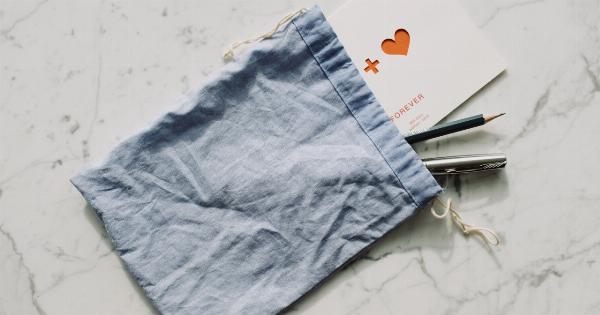Flowing water is a natural wonder. It’s both calming and powerful, and it can create a sense of motion and energy in any space. However, with great power comes great risk.
Water can be dangerous, especially if it’s in an area where people aren’t expecting it. But there are ways to reduce the risk involved with flowing water, and one of those ways is through the use of matte.
What is Matte?
Matte is a non-slip surface that can be added to any surface that comes into contact with water. It’s often used on floors around pools and in shower areas to prevent slip and falls.
However, matte can also be used on a variety of other surfaces, including walls and even outdoor structures.
How Can Matte Reduce the Risk of Flowing Water?
When water flows over a surface, it creates a thin layer of water that can be very slippery. This is especially true for smooth surfaces, such as tile or concrete.
However, when matte is added to these surfaces, it creates a rougher texture that provides more grip. This can greatly reduce the risk of slip and fall accidents, especially in areas where people may not be expecting flowing water.
Where Can Matte be Used?
Matte can be used in a variety of different areas to reduce the risk of flowing water. Some common areas include:.
- Pool decks
- Shower areas
- Bathrooms
- Hot tub surrounds
- Kitchens
- Outdoor patios and decks
- Water features
Anywhere that water is flowing can benefit from the addition of matte. It provides a simple and cost-effective way to reduce the risk of slip and fall accidents and create a safer environment for everyone.
Creating Motion with Matte
In addition to reducing the risk of flowing water, matte can also be used to create a sense of motion and energy in any space. This is especially true for outdoor water features, such as fountains, ponds, and waterfalls.
The rough texture of matte creates a more natural-looking surface that enhances the natural flow of water. It can also be used to create a more dramatic effect by directing the flow of water in a specific direction.
This can be accomplished by using matte to create channels or grooves that guide the flow of water.
Choosing the Right Matte
When choosing matte for a space, there are a few things to consider. First, it’s important to choose a matte that is specifically designed for use around water, such as a pool deck matte.
This will ensure that the matte is durable and long-lasting, even when exposed to water and other harsh elements.
It’s also important to choose a matte that complements the overall design aesthetic of the space. Matte comes in a variety of colors and patterns, so it’s easy to find one that works well with the existing decor.
Maintaining Matte
To keep matte looking its best, it’s important to clean it regularly. This can be done using a mild detergent and a bristle brush. Avoid using harsh chemical cleaners or abrasive scrubbers, as these can damage the matte.
It’s also important to inspect the matte regularly for signs of wear and tear. If the surface becomes damaged or worn, it should be repaired or replaced as soon as possible to ensure that it continues to provide the necessary slip resistance.
Conclusion
Flowing water can be both beautiful and dangerous. The addition of matte to surfaces around water can greatly reduce the risk of slip and fall accidents, making any space safer for everyone.
In addition to reducing risk, matte can also be used to create a sense of motion and energy in any space, enhancing the natural beauty of flowing water.
























